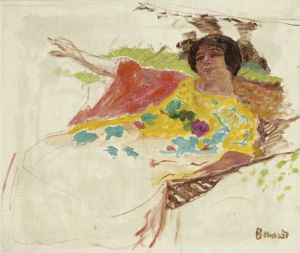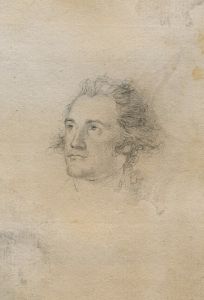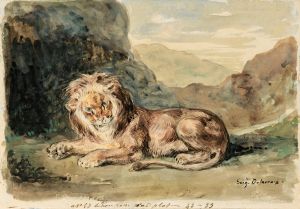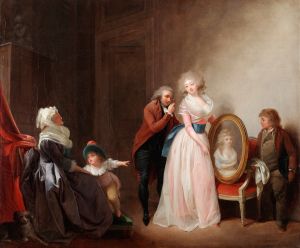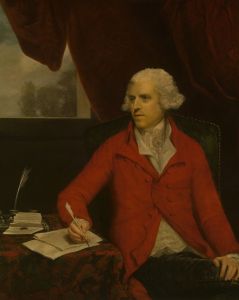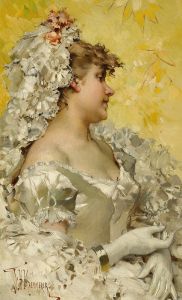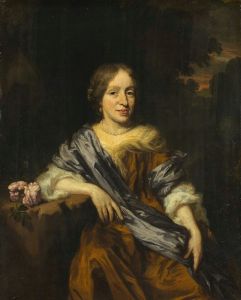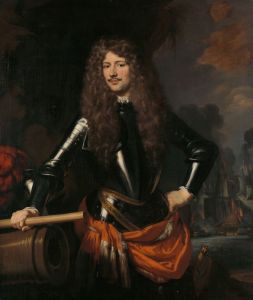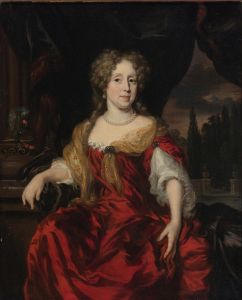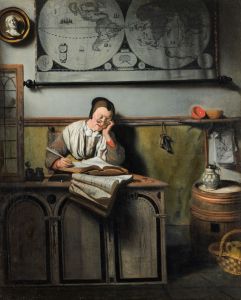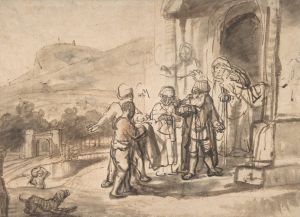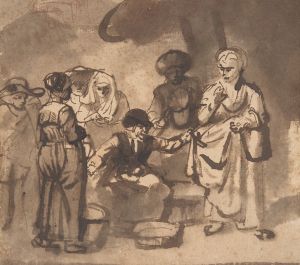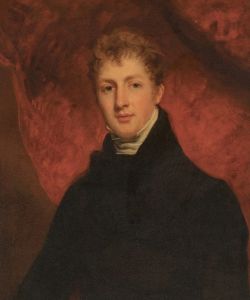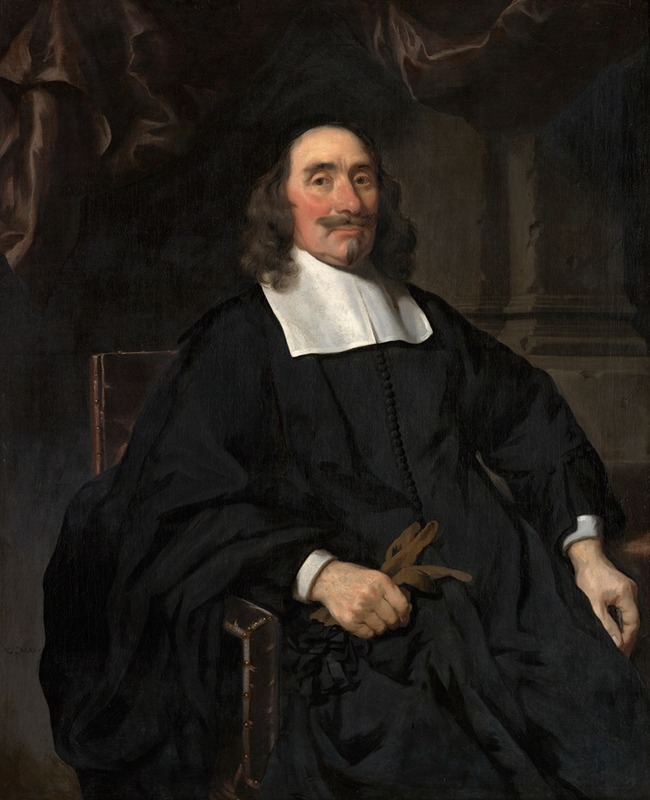
Portrait of a Gentleman
A hand-painted replica of Nicolaes Maes’s masterpiece Portrait of a Gentleman, meticulously crafted by professional artists to capture the true essence of the original. Each piece is created with museum-quality canvas and rare mineral pigments, carefully painted by experienced artists with delicate brushstrokes and rich, layered colors to perfectly recreate the texture of the original artwork. Unlike machine-printed reproductions, this hand-painted version brings the painting to life, infused with the artist’s emotions and skill in every stroke. Whether for personal collection or home decoration, it instantly elevates the artistic atmosphere of any space.
"Portrait of a Gentleman" is a painting created by the Dutch artist Nicolaes Maes, who was a prominent figure in the Dutch Golden Age of painting. Born in 1634 in Dordrecht, Maes was a pupil of Rembrandt van Rijn, one of the most influential artists of the time. Maes's work is characterized by his masterful use of light and shadow, as well as his ability to capture the personality and status of his subjects.
The painting "Portrait of a Gentleman" is an excellent example of Maes's skill in portraiture. The exact date of the painting is not definitively known, but it is believed to have been created during the latter part of Maes's career, when he had established himself as a sought-after portraitist in Amsterdam. This period is generally considered to be from the 1660s to the 1680s.
In the portrait, the gentleman is depicted with a calm and composed demeanor, indicative of his social standing and self-assurance. Maes's attention to detail is evident in the rendering of the gentleman's attire, which is typical of the fashion of the Dutch elite during the 17th century. The clothing is richly detailed, with careful attention to the textures of the fabrics and the intricate lacework. The gentleman's pose is relaxed yet dignified, suggesting a person of considerable importance and refinement.
Maes's use of light in the painting is particularly noteworthy. The light source appears to come from the left side of the canvas, illuminating the gentleman's face and upper body while casting soft shadows that add depth and dimension to the figure. This technique, learned from his mentor Rembrandt, enhances the three-dimensionality of the portrait and brings a lifelike quality to the subject.
The background of the painting is relatively simple, with a dark, neutral tone that serves to highlight the figure of the gentleman. This approach was common in Dutch portraiture of the time, as it allowed the viewer to focus entirely on the subject without distraction. The dark background also creates a striking contrast with the lighter tones of the gentleman's face and clothing, further emphasizing his presence.
"Portrait of a Gentleman" is part of a larger body of work by Nicolaes Maes that includes both genre scenes and portraits. While Maes initially gained recognition for his genre paintings, which depicted scenes of everyday life with a high degree of realism and emotional depth, he later shifted his focus almost exclusively to portraiture. This transition was likely influenced by the greater financial rewards and social prestige associated with portrait commissions.
Nicolaes Maes's portraits, including "Portrait of a Gentleman," are celebrated for their psychological insight and technical proficiency. They provide a valuable glimpse into the lives and appearances of the Dutch bourgeoisie during the 17th century. Today, Maes's works are held in high regard and can be found in major museums and private collections around the world.
In summary, "Portrait of a Gentleman" by Nicolaes Maes is a testament to the artist's exceptional talent in capturing the essence of his subjects. Through his masterful use of light, detail, and composition, Maes created a portrait that not only reflects the status and character of the gentleman but also stands as a significant example of Dutch Golden Age portraiture.





